It was a beautiful car then, and it’s a beautiful car now. But beneath its shapely skin lurked the germ of its maker’s destruction, as well as technology that plenty of carmakers would fruitlessly spend millions on.
NSU, which made the 1967 Ro80 saloon (voted Car of the Year soon after launch), was better known for its affordable motorbikes. Only 20 years earlier, it had become the world’s biggest maker of motorcycles and mopeds, including a device named the Quickly – this moped providing its rider with ample time to ponder its cruel choice of name. Despite this, more than a million were sold between 1953 and 1963.
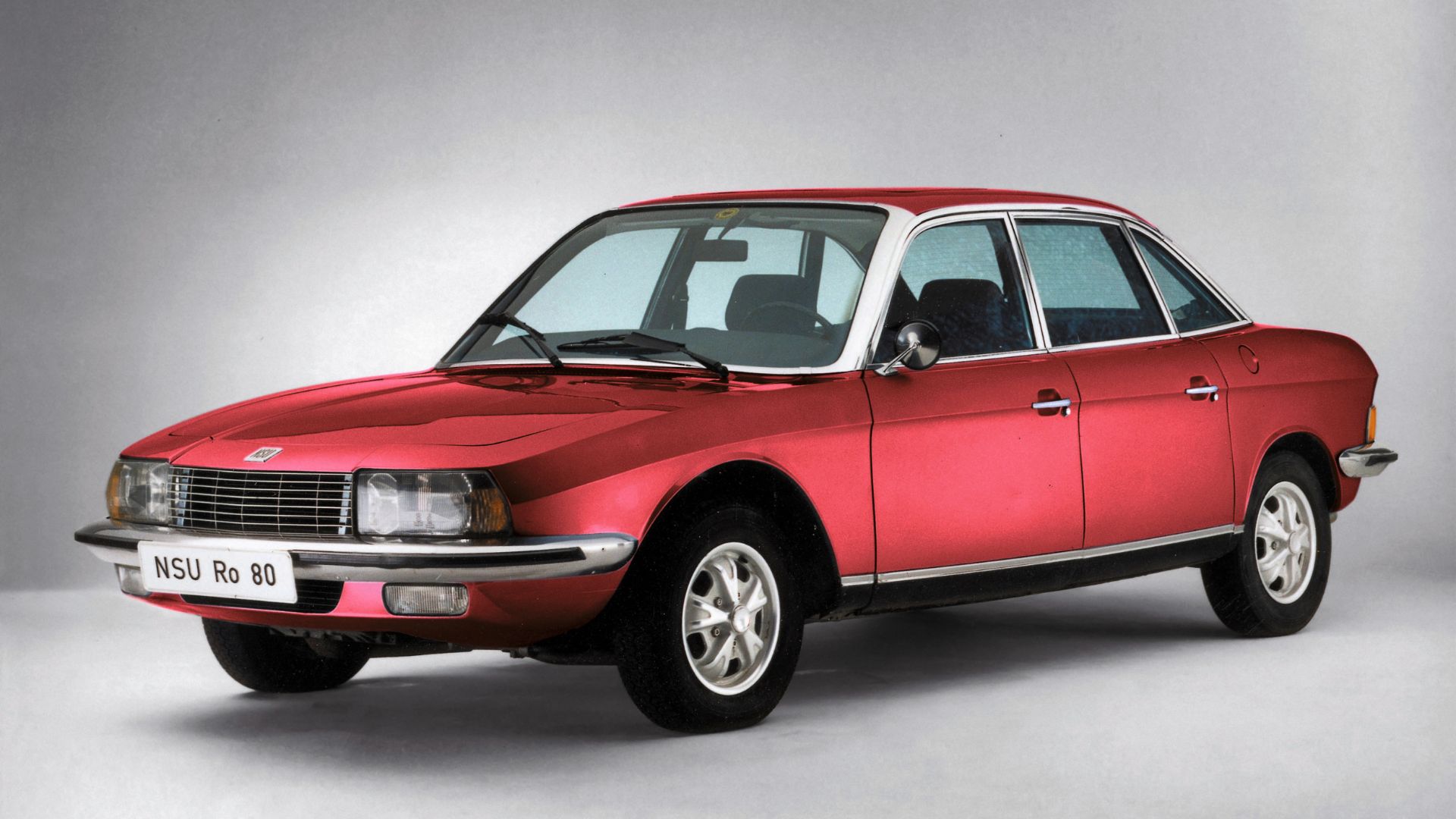
NSU started life in 1873 as a sewing machine maker, had completely switched to bicycles 20 years later and produced its first motorbike in 1901. The first NSU car was built in 1905. But the company struggled with four wheels, and in 1932 it was forced by its bank to sell its new car plant, which was bought by Fiat.
Fit for a Prinz
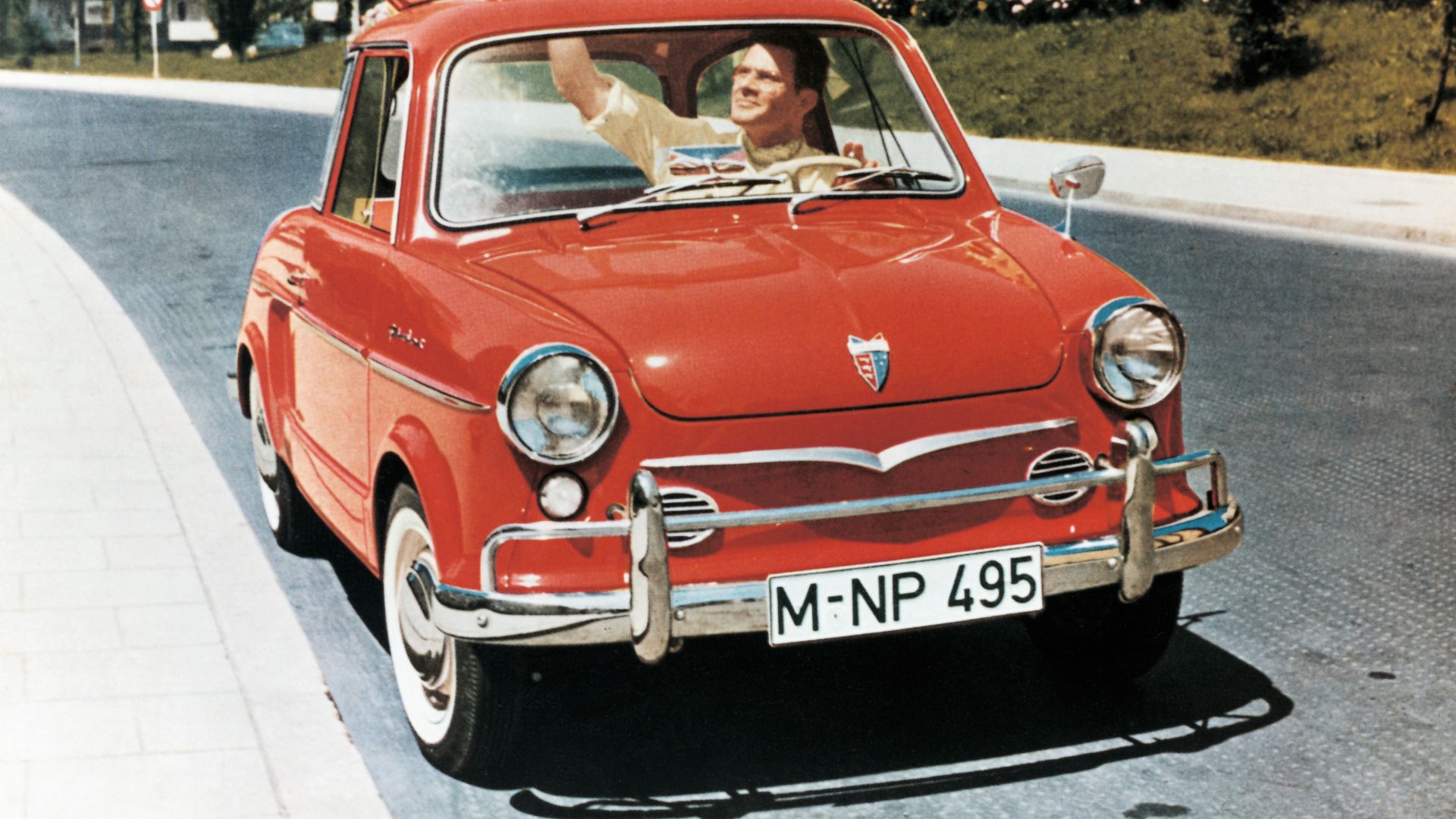
Its automotive ambitions resurfaced in 1957 with the Prinz, a small, rear-engined, twin-cylinder saloon that was noisy if well-made. Ultimately, it did little to threaten the near-total domination enjoyed by the larger Volkswagen Beetle.
The Prinz (pictured above) evolved into a decent enough device that came to resemble our own Hillman Imp, the styling of both heavily influenced by Chevrolet’s rear-engined 1959 Chevrolet Corvair. During this evolution, NSU adventured down an interesting side-street with the 1958 Sport Prinz coupe, a shapely variation styled by Bertone.
This adventure became a whole lot more intriguing when the company launched the world’s first rotary-engined car: the NSU Spider. A convertible version of the Sport Prinz, it used an engine designed by consultant Dr Felix Wankel and NSU’s Walter Frode, the latter doing much to make Wankel’s idea workable.
‘Unbelievably smooth’ engine
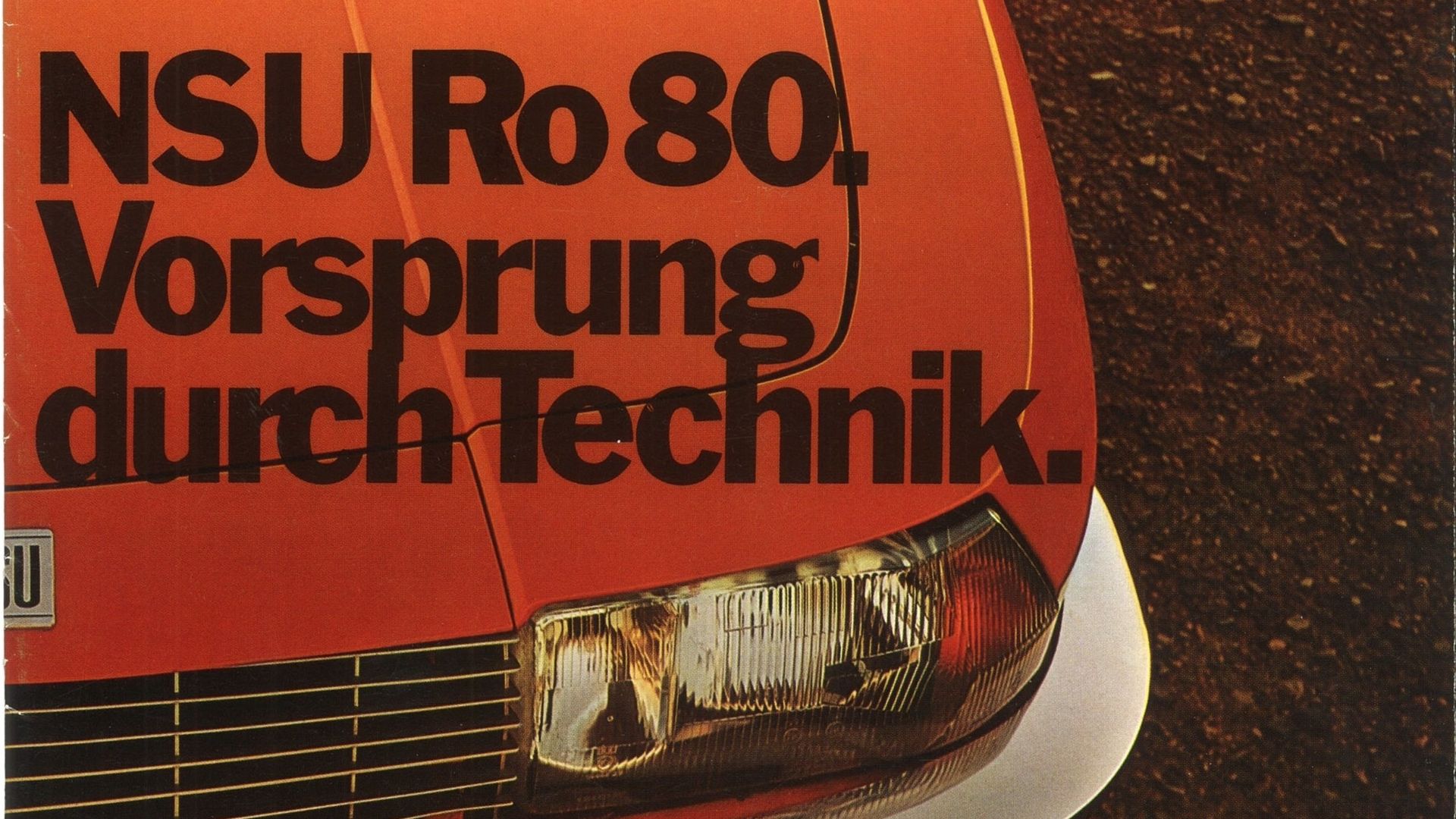
The rotary engine ingeniously did away with the reciprocating engine’s pistons, conrods, camshaft and valves, replacing them all with a curve-sided triangle that rotated eccentrically within a near-oval, or trochoidal, void that provided the combustion chambers and valves.
It was a brilliantly clever design that eliminated the energy-wasting need to convert the reciprocating motion of pistons into the rotary motion of the crankshaft.
The result was an engine that was far more compact, lighter, had fewer moving parts and was unbelievably smooth compared to most of the wheezingly vibratory motors of the day. It also made the Spider quick in a way that few NSUs, two- or four-wheeled, had ever been. But not for long.
Disastrous rotary reliability
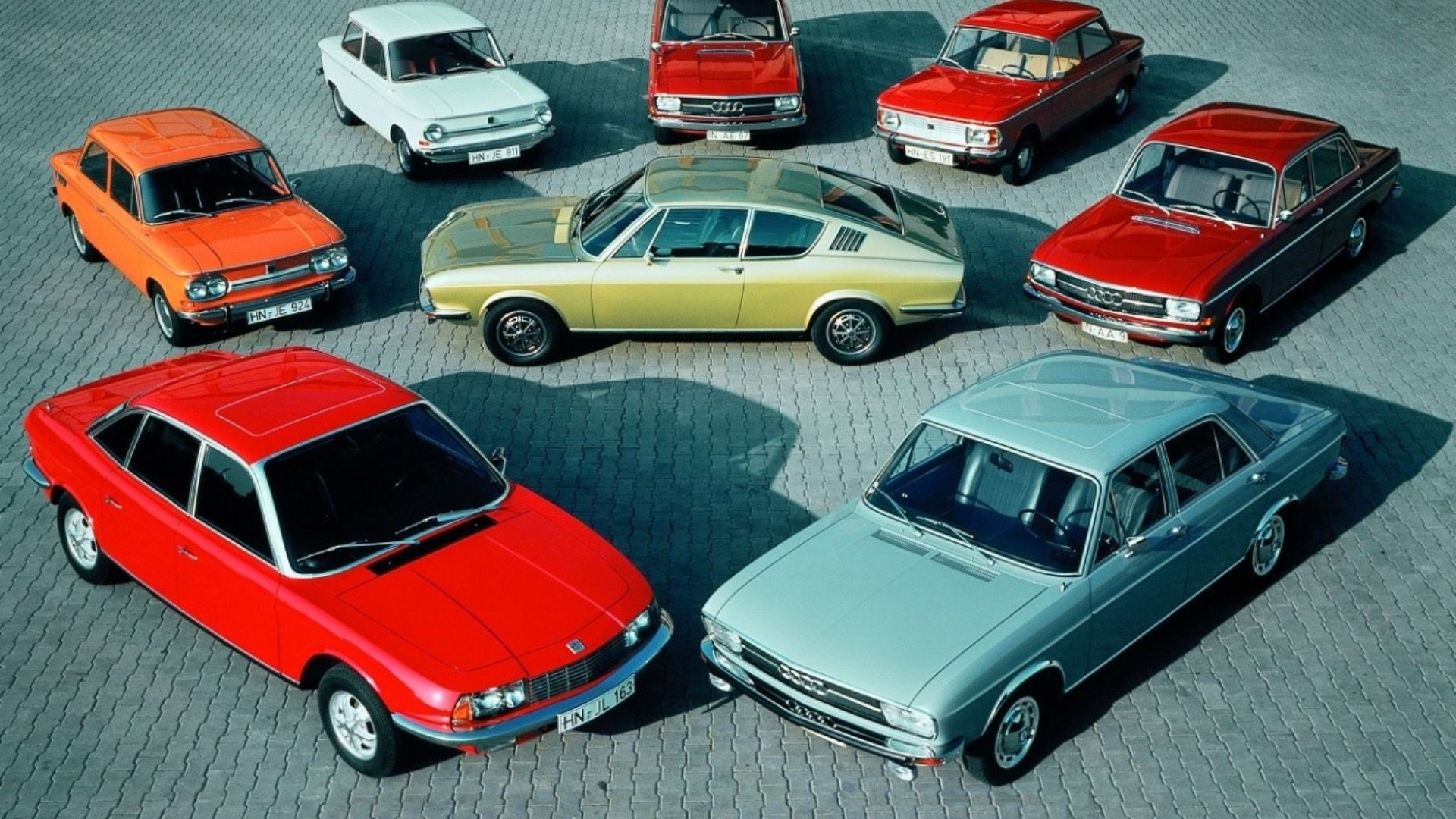
The forces and heat applied to the tips of that eccentrically rotating triangle were greater than their constituent materials could stand, and premature wear drained the Wankel engine’s energy away. Replacing these so-called apex seals cost NSU dear, even though it made only 2,375 Spiders over three years from 1964.
Despite this, the emergence of the Prinz Spider rushed many manufacturers into buying technology licences from NSU, believing that rotaries were the future.
Among them was Citroen, which formed a partnership with NSU, and General Motors, which produced a beautiful rotary Corvette concept car but ultimately no production machines.
Citroen field-tested two batches of rotaries, while Mazda got much further. Its 1967 Cosmo triggered a Wankel-engined production run that did not stop until the demise of the RX-8. And it may yet restart.
But no other maker took up the option to make the engine, denying NSU the anticipated royalties that it would soon badly need.
The Spider’s troubles, which it believed it could fix, didn’t deter the company from leaping ahead with its most audacious plan yet. And that was to produce a saloon to challenge Mercedes-Benz and a fast-growing BMW.
Enter the NSU R080
The Ro80 was designed by the highly talented Claus Luthe, who had previously created the Spider out of the Sport Prinz and would go on to have an impressive career at Audi and BMW.
The Ro80’s curved nose, wedge-shaped waist, clean-cut flanks, deep glasshouse and neatly truncated boot were almost as adventurous as Citroen’s DS had been 12 years earlier. Like the French car it was also very aerodynamic, recording a low-for-the-day Cd of 0.36.
It was beautifully detailed, too. Its headlights sat beneath shapely glass covers, its windows were elegantly bordered with polished stainless steel trim, its taillights were frameless lozenges and its indulgently sculpted alloy wheels looked worthy of a Porsche.
The innovation didn’t end there. Under the bonnet was a larger and more powerful twin-rotor 115hp engine that drove a three-speed semi-automatic transmission. Its H-pattern gearlever contained a microswitch operating an electrically-triggered clutch. So it was two-pedal car, but you chose when to shift the gears.
A brilliant driver’s car
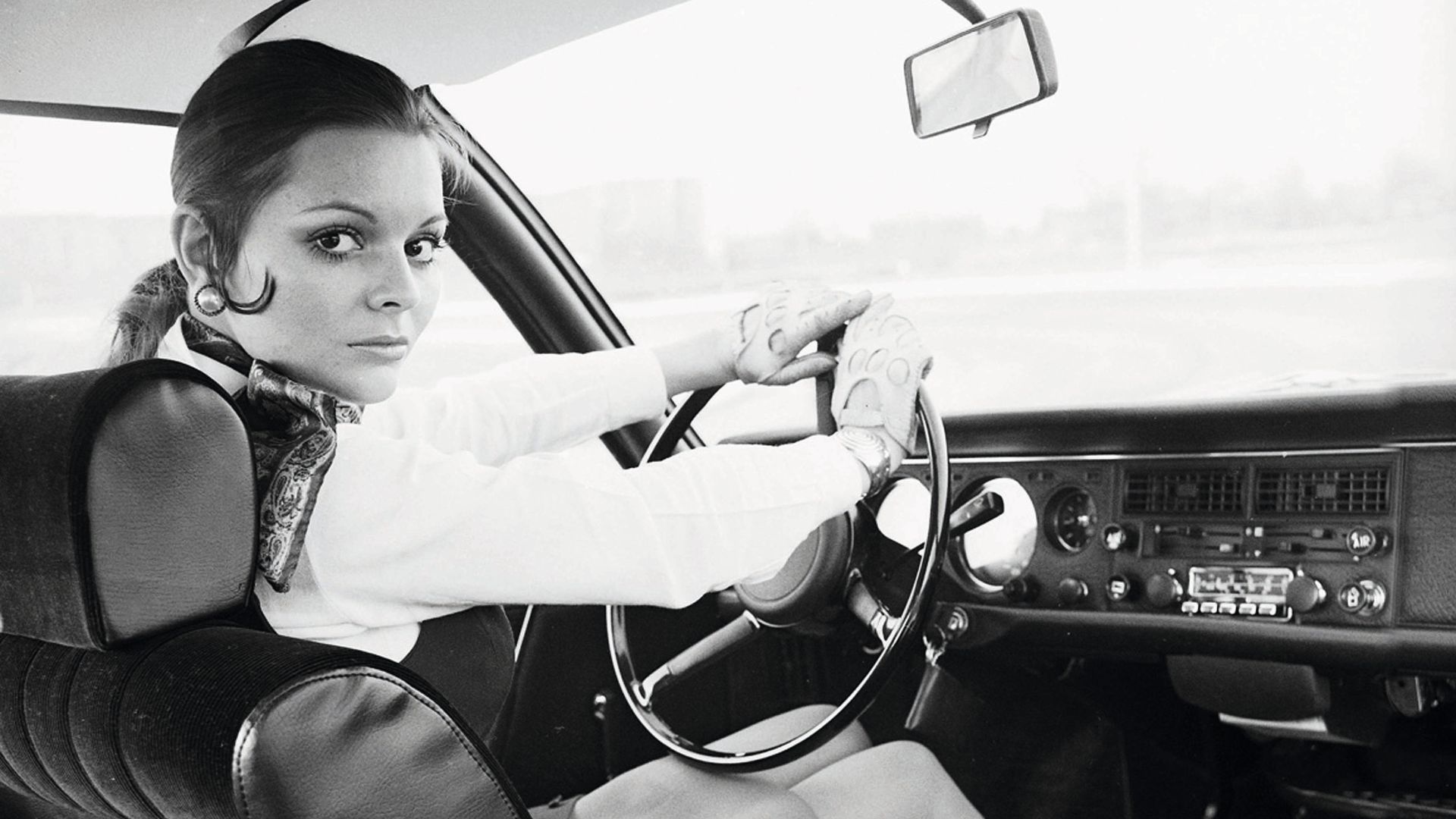
The NSU was suspended by MacPherson struts at the front and semi-trailing arms at the rear, previewing a layout common today. It also had disc brakes on all four wheels, the front pair mounted inboard to reduce unsprung mass.
Despite the engine’s inherent lightness, power steering was standard, the aim being to reduce driver effort, as with the transmission.
Not that keen drivers didn’t like the Ro80. Its excellent weight distribution, well-planted wheels, sophisticated suspension and super-smooth engine produced a car that responded brilliantly to keen progress. The NSU’s pliant ride and general quiet made it a great long-distance machine as well.
The trouble was that many owners over-revved that eager rotary, accelerating the wear of its internal tips, the mix of metals used on the early cars causing further degeneration.
A badly abused engine could fail after just 15,000 miles, and even well-cared-for motors were dying at 30,000 miles, their worn rotor tips sabotaging the combustion process.
A tsunami of red ink
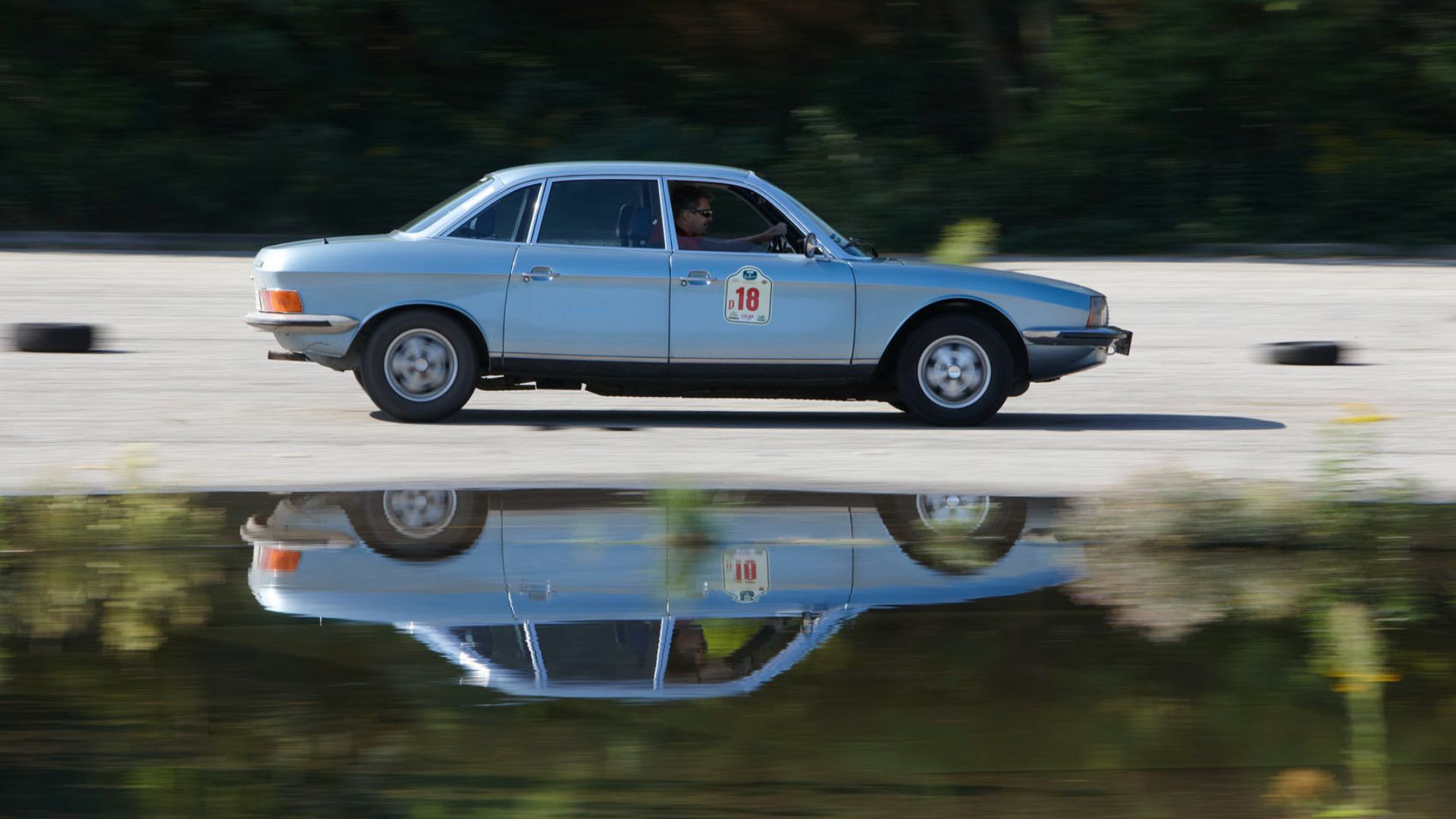
NSU behaved honourably over these failures, replacing hundreds of engines under warranty. Unsurprisingly, this washed a tsunami of red ink through its ledgers, and two years later the company was bought by Volkswagen, not because it wanted the Ro80, but because it was increasingly desperate to find a replacement for its Beetle.
NSU, it reckoned, had a good stopgap in its development shed with a new saloon that slotted between the Ro80 and the baby Prinz.
That car became the Volkswagen K70, but had nowhere near the visual appeal of the Ro80 and was priced too expensively to succeed. NSU itself was rolled into the clumsily named Audi NSU Auto Union AG subsidiary of VW, which would in time simply become Audi – killing NSU in the process.
The Ro80 didn’t die yet, however. NSU had managed to sort the rotary’s durability issues, and the car’s brilliant styling meant that it stayed perpetually fresh. VW allowed it to live on, but its early troubles and the fuel thirst of a tyre-smoking American muscle car slowed sales to the pace of a Prinz, especially after the energy crisis struck in 1973.
The legacy of the Ro80
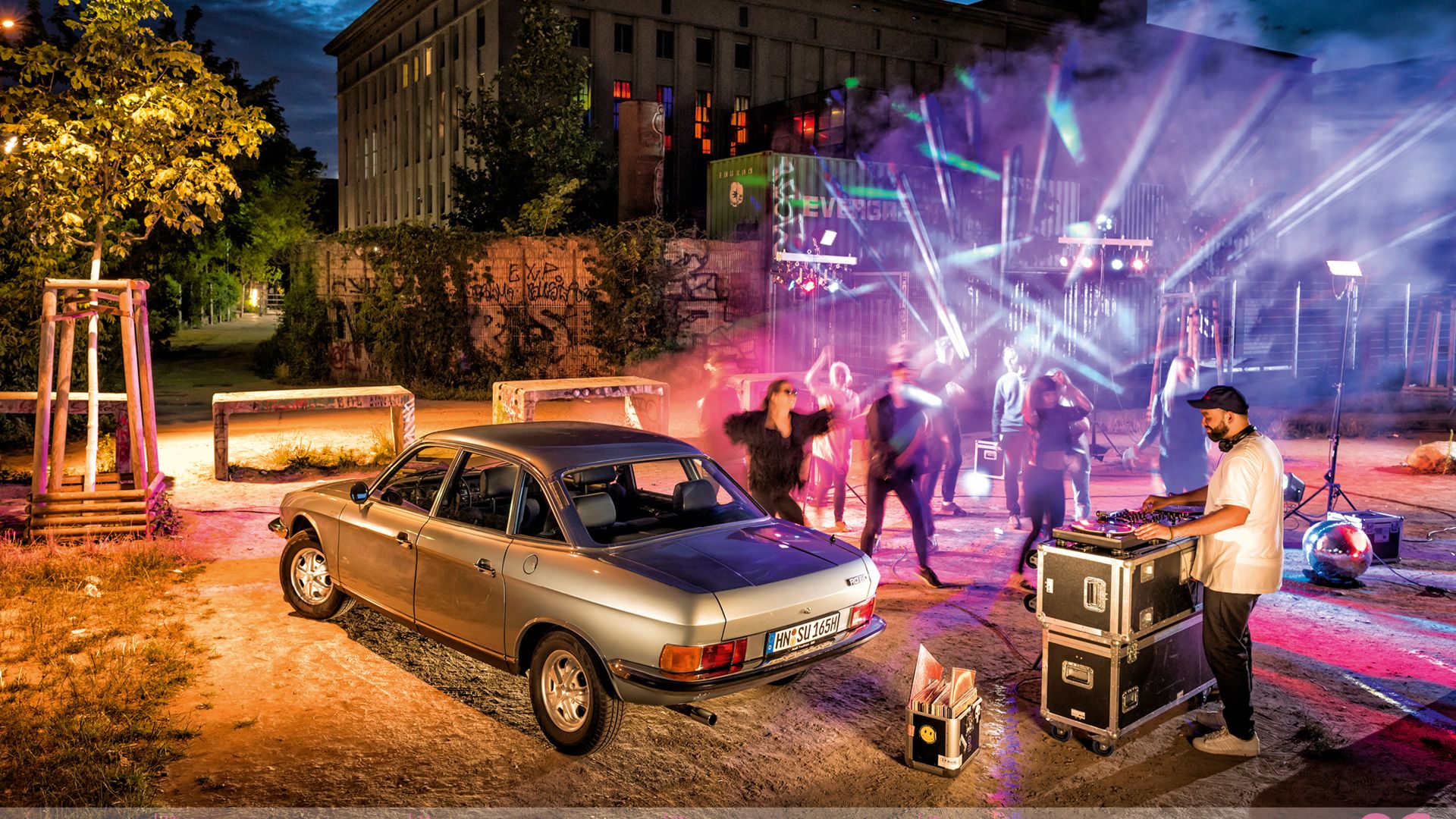
Production of the Ro80 finally stopped in 1977, after 37,406 examples had been made: a modest number given its 10-year life.
But the impact of the Ro80, and NSU’s adventures with rotary engines, still has a resonance today. Look hard at an Audi A4, A6 or A8, and you can still see the elegant bones of the Ro80 in their proportions, from their six-light glasshouse to their smooth flanks and wide-planted wheels. So far-sighted was its design that it wouldn’t take much to update the Ro80 for today.
The rotary, meanwhile, is taking a rest, but Mazda says it is still developing the engine for a possible return.
ALSO READ:
Great Motoring Disasters: Alfa Romeo 156



NSU made hardly any money with the Prinz. Because of the Beetles’ success. NSU made serious money the the sale of Wankel licences. And so did VW. NSU could have survived if they introduced the K70 in 1960. But by then they did not have the money to develop a car like that. They survived till 1969 because of those Wankel licences. No wonder they relied on the Ro80. In 1970 NSU produced 140.000 Princes, compaired with over a milion Beetles. Even VW had hard times in those days. They did not make enough money to develop a successor for the Beetle. So NSU was not the only one that struggled. VW knew about the financial troubles of NSU but did not want another (foreign) car company to take them over. So VW did it. NSU took much better care about its future. K70, K50 (Audi 50 and later VW Polo) and VW Golf were NSU devellopments that saved VW but not as NSU’s. Because these cars would sell beter with VW name plates. It is sad for NSU but VW was true and in the NSU works still 13.000 people have a job till today.
Many thanks for sharing this – it’s much appreciated and gives even more background to this story.
[…] to rotary powered production cars with the Wankel Spider, NSU saw much interest in the technology from brands like GM, Mazda, and Citroen. Seeing potential to make a further name for themselves, NSU first produced the Ro80 in 1967 as […]
[…] wasn’t destined to wear a Volkswagen badge. It was developed by NSU to be sold alongside the radical but troublesome Ro80. Indeed, the K70 was to be powered by a rotary engine, until NSU had a change of […]